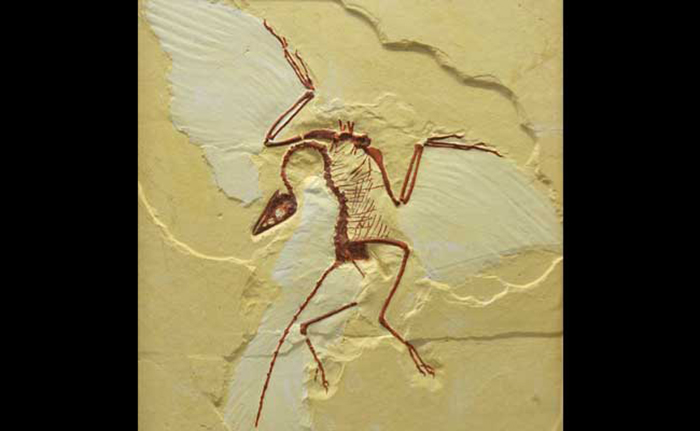"It is very surprising that despite being skeletally quite different from their modern counterparts, these primitive birds show striking similarities in their soft anatomy," said lead author Guillermo Navalon from University of Bristol`s school of earth sciences.
Birds have an enormously long evolutionary history. The earliest of them, the famed Archaeopteryx, lived 150 million years ago in what is now southern Germany.
However, whether these early birds were capable of flying and, if so, how well has remained shrouded in scientific controversy.
The new study documents an intricate arrangement of fibres which matches anatomically with a complex network of ligaments, muscles and tendons present in modern-day birds.
This network ensures the position and controls the fine adjustments of the wing`s main feathers, allowing living birds to fly efficiently and master the sky.
"The presence of these structures in the wing of such a primitive bird supports the notion that at least some of the most ancient birds were capable of performing aerodynamic feats in a fashion similar to those of many living birds," the authors noted.
"The anatomical match strongly indicates that some of the earliest birds were capable of aerodynamic prowess like many present-day birds," added Dr Luis Chiappe, director of the dinosaur institute in Los Angeles county.
Ancient birds may have flown over the heads of dinosaurs but some aspects of the precise flight modes of these early fliers still remain unclear.
The research was published in the journal Scientific Reports.
More about:
















































